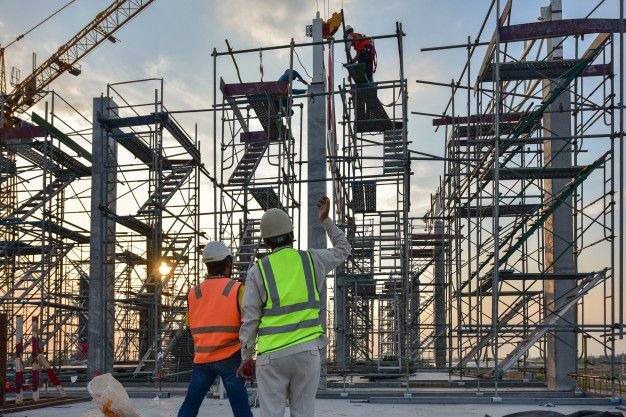Scaffolding, also known as staging, is a temporary structure used in construction, maintenance, and repair of buildings and other structures. It provides workers with a safe and stable platform to access and work at heights, allowing them to perform tasks like painting, bricklaying, and installing windows. Scaffolding supports both workers and materials, making construction more efficient and safer than relying solely on ladders or other methods.
Scaffolding is a temporary structure used to provide a safe platform for workers and materials during construction. It's composed of various components and materials, including steel, aluminum, wood, and bamboo. These components are interconnected to form a strong and stable framework.
Scaffolding erection and dismantling are complex tasks that require trained professionals and adherence to safety protocols. Erection involves assembling the structure, while dismantling is the reverse process, ensuring all components are safely removed. Proper planning, including a method statement, is crucial for both processes to ensure worker safety and structural integrity.
Risk assessments and safety protocols are crucial for a safe working environment. Risk assessments identify potential hazards and evaluate their likelihood and severity, while safety protocols outline specific procedures to mitigate or eliminate these risks. By implementing a systematic approach to risk assessment and safety protocols, organizations can create a safer work environment, reduce the risk of accidents and injuries, and comply with legal requirements.
Practical assessment and certification involves demonstrating knowledge and skills through hands-on activities and assessments, followed by the issuance of a certificate for successful completion. These assessments are often used to validate practical abilities in a specific field, such as IT, healthcare, or trade skills.





